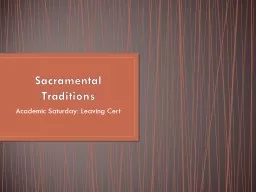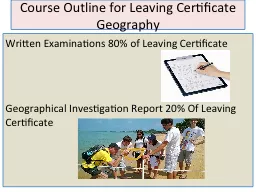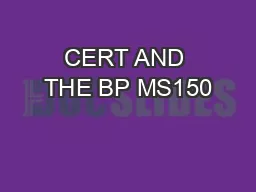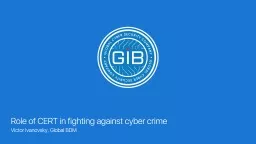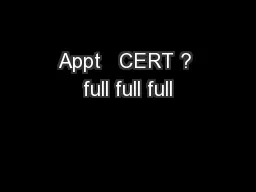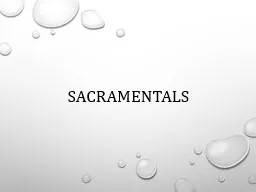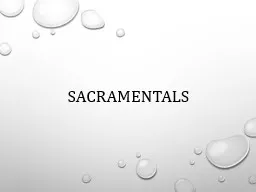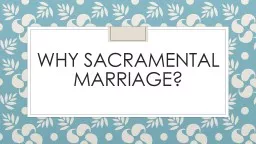PPT-Sacramental Traditions Academic Saturday: Leaving Cert
Author : karlyn-bohler | Published Date : 2018-11-07
Introduction Leaving Cert One of your questions Sacraments are central to worship in some Christian traditions Conduct an evaluation of the evidence for this statement
Presentation Embed Code
Download Presentation
Download Presentation The PPT/PDF document "Sacramental Traditions Academic Saturday..." is the property of its rightful owner. Permission is granted to download and print the materials on this website for personal, non-commercial use only, and to display it on your personal computer provided you do not modify the materials and that you retain all copyright notices contained in the materials. By downloading content from our website, you accept the terms of this agreement.
Sacramental Traditions Academic Saturday: Leaving Cert: Transcript
Download Rules Of Document
"Sacramental Traditions Academic Saturday: Leaving Cert"The content belongs to its owner. You may download and print it for personal use, without modification, and keep all copyright notices. By downloading, you agree to these terms.
Related Documents

